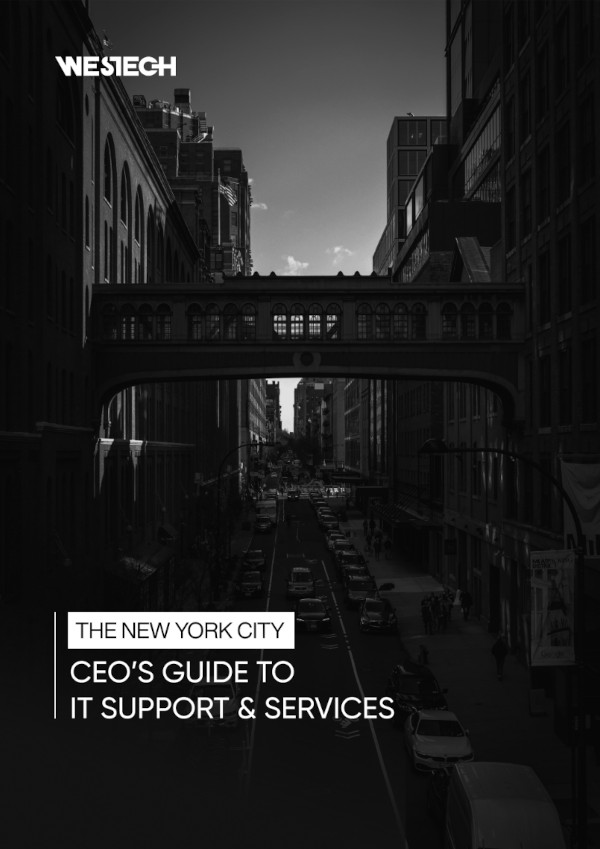 In today's rapidly evolving cybersecurity landscape, achieving compliance with regulations such as 23 NYCRR 500 is just the first step. Sustaining compliance over time requires a proactive approach and a commitment to excellence. This article explores insider tips and practical strategies for maintaining 23 NYCRR 500 compliance and navigating the path to cybersecurity excellence.
In today's rapidly evolving cybersecurity landscape, achieving compliance with regulations such as 23 NYCRR 500 is just the first step. Sustaining compliance over time requires a proactive approach and a commitment to excellence. This article explores insider tips and practical strategies for maintaining 23 NYCRR 500 compliance and navigating the path to cybersecurity excellence.
Understanding the Importance of Ongoing Compliance
Overview of 23 NYCRR 500 Regulations
Before diving into tips for maintaining compliance, it's essential to understand the critical requirements of 23 NYCRR 500. These regulations set forth stringent cybersecurity standards for financial institutions operating in New York to protect sensitive data and mitigate cyber risks.
Why Continuous Compliance is Essential
Continuous compliance is essential for staying ahead of emerging threats and regulatory changes. By maintaining ongoing compliance efforts, organizations can adapt to evolving cybersecurity challenges and demonstrate a commitment to safeguarding sensitive information.
Establishing a Compliance Maintenance Framework
Building a Compliance Team
One of the first steps in maintaining compliance is establishing a dedicated compliance team responsible for overseeing ongoing efforts. This team should consist of individuals with cybersecurity, regulatory compliance, and risk management expertise.
Defining Roles and Responsibilities
Clearly defining roles and responsibilities within the compliance team is crucial for ensuring accountability and effectiveness. Each team member should understand their duties and contribute to compliance.
Regular Updates and Reviews
Monitoring Regulatory Changes
Staying informed about changes to 23 NYCRR 500 regulations and other relevant cybersecurity standards is essential for maintaining compliance. Regularly monitor updates from regulatory authorities and adjust compliance efforts accordingly.
Conducting Periodic Assessments
Periodic assessments of your organization's cybersecurity posture help identify areas for improvement and ensure ongoing compliance with 23 NYCRR 500 regulations. Conduct risk assessments, vulnerability scans, and compliance audits regularly.
Employee Training and Awareness Programs
Continuous Education and Training Initiatives
Investing in ongoing cybersecurity education and employee training is critical for maintaining compliance. Provide regular training sessions covering topics such as data security best practices, phishing awareness, and incident response procedures.
Promoting a Culture of Compliance
Foster a culture of compliance within your organization by promoting awareness and accountability at all levels. Encourage employees to prioritize cybersecurity in their daily activities and promptly report any potential compliance issues.
Leveraging Technology for Compliance Management
Automation Tools and Solutions
Leverage technology to streamline compliance management processes and enhance efficiency. Implement automation tools for compliance tracking, documentation management, and incident response.
Streamlining Compliance Processes
Streamline compliance processes wherever possible to reduce administrative burden and improve effectiveness. Use technology to centralize compliance data, automate reporting, and facilitate collaboration among team members.
Proactive Risk Management Strategies
Conducting Ongoing Risk Assessments
Continuously assess and mitigate cybersecurity risks to maintain compliance with 23 NYCRR 500 regulations. Identify and proactively address emerging threats, vulnerabilities, and potential exposure areas.
Implementing Mitigation Measures
Implement robust mitigation measures to address identified risks and vulnerabilities effectively. This may include implementing additional security controls, updating policies and procedures, and enhancing incident response capabilities.
Engaging with External Auditors and Consultants
Leveraging External Expertise
Engage with external auditors or cybersecurity consultants to provide independent assessments of your organization's compliance efforts. Their expertise can offer valuable insights and recommendations for improvement.
Conducting Independent Assessments
Regularly schedule independent assessments and audits to validate compliance with 23 NYCRR 500 regulations. External auditors can help identify non-compliance areas and assist in remediation efforts.
Maintaining Documentation and Records
Documenting Compliance Efforts
Maintain thorough documentation of your organization's compliance efforts, including policies, procedures, training records, and audit reports. Documentation is evidence of compliance and provides a valuable resource for future audits.
Record-Keeping Best Practices
Adopt best practices for record-keeping to ensure accuracy, accessibility, and integrity of compliance documentation. Use secure storage solutions and establish clear protocols for document management and retention.
Conclusion
As organizations navigate the complexities of maintaining compliance with 23 NYCRR 500 regulations, adopting a proactive and strategic approach is essential. By implementing insider tips and practical strategies, organizations can sustain cybersecurity excellence and demonstrate a commitment to safeguarding sensitive information.
Additional Resources
Explore the following resources to learn more about maintaining compliance with 23 NYCRR 500:



